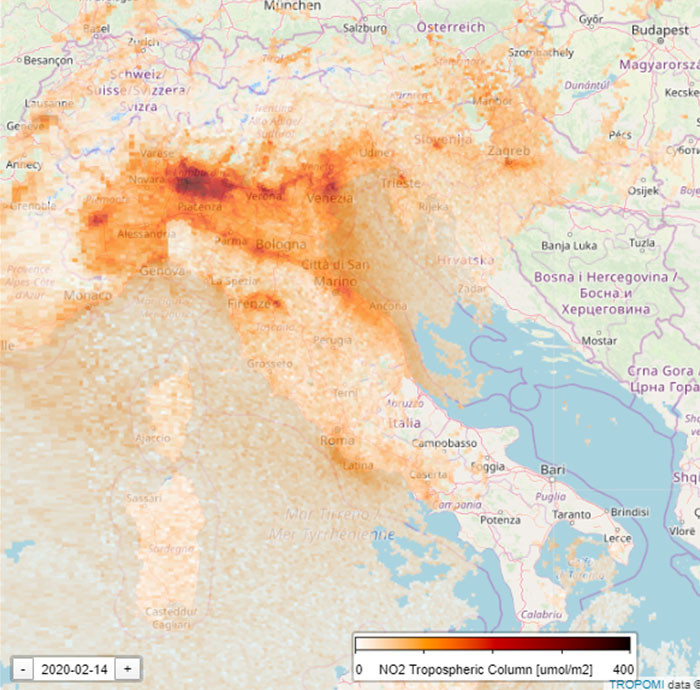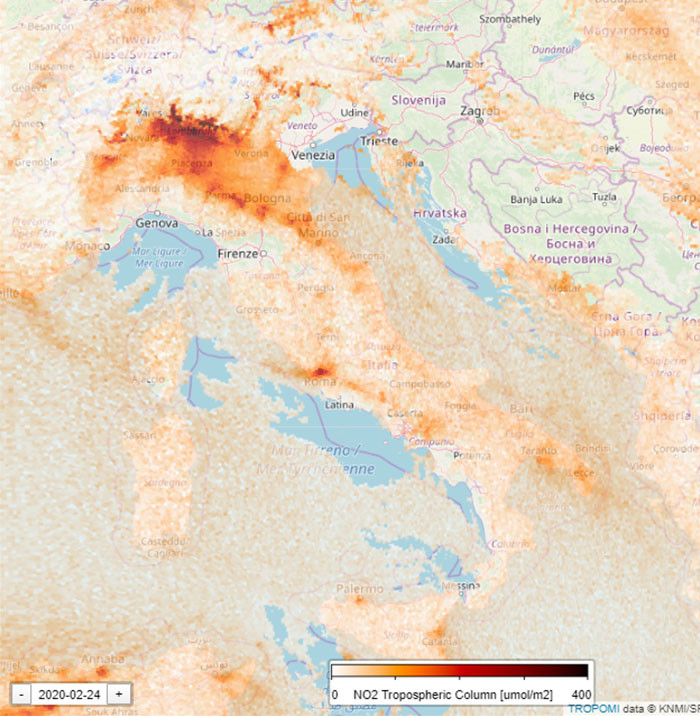Girl Loses Life In Tragic Sand Hole Accident While Playing At Beach

At least something good is going to come out of all this.

COVID19 is taking over our planet and our lives, whether we like to admit it or not. It has placed hundreds of millions of people all over the world in quarantine and captured the minds of billions. And with all this bad news around us, it's refreshing to see some good news. Unfortunately, it's not about a cure for the virus.
European Space Agency (ESA), and several independent researchers reported that nitrogen dioxide emissions have considerably decreased over Italy after the lockdown triggered by the spread of COVID19.
The Copernicus Sentinel-5P satellite discovered a decrease in NO2 emissions, indicating the reduction of air pollution, with the most substantial change being detected in the northern part of the country.
“The decline in nitrogen dioxide emissions over the Po Valley in northern Italy is particularly evident,” Claus Zehner, ESA’s Copernicus Sentinel-5P operation manager stated.
“Although there could be slight variations in the data due to cloud cover and changing weather, we are very confident that the reduction in emissions that we can see, coincides with the lockdown in Italy causing less traffic and industrial activities.”
 SanGasso
SanGasso“Copernicus Sentinel-5P Tropomi is the most accurate instrument today that measures air pollution from space. These measurements, globally available thanks to the free and open data policy, provide crucial information for citizens and decision makers,” Josef Aschbacher, ESA’s Director of Earth Observation Programmes said.
 SanGasso
SanGasso SanGasso
SanGassoSantiago Gassó, who works as a research associate at NASA, shared the results of the satellite sensor on Twitter. He also clarified that while variable NO2 emissions are typical, because they depend on such factors as the day of the week and time, the change the sensors picked up definitely significant.
 SanGasso
SanGasso SanGasso
SanGasso SanGasso
SanGasso SanGasso
SanGasso SanGasso
SanGasso SanGasso
SanGasso SanGasso
SanGasso FolinAlberto
FolinAlberto FolinAlberto
FolinAlberto











